The LSST camera is a cutting-edge technological device weighing 2,994 kg. It is equipped with 189 sensitive CCD detectors to produce unprecedentedly detailed images of the universe.
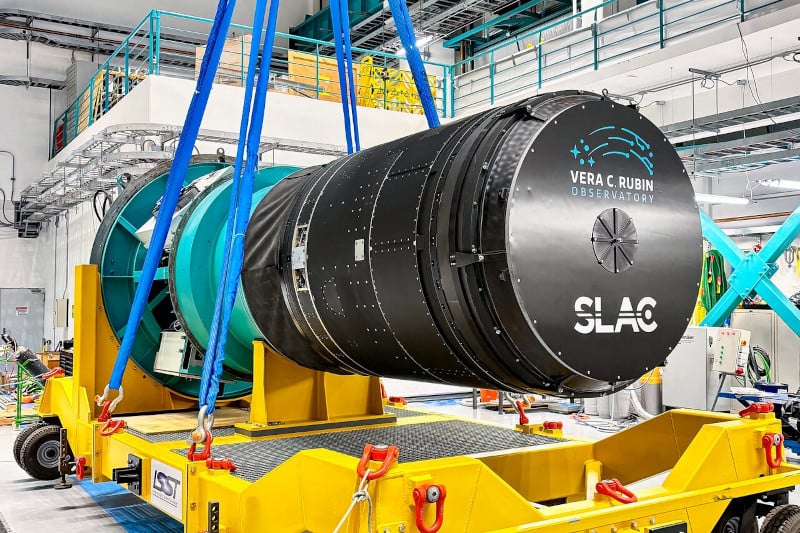
LSST 3,200 MP is currently the world's largest camera.
In the coming weeks, experts will conduct final calibration of the optical system, after which the camera will take its first test images before beginning comprehensive scientific observations. The LSST camera assembly was completed last April at the SLAC National Accelerator Laboratory in California (USA). After undergoing complex testing and transportation, the device was shipped to Chile for installation and calibration.
LSST camera boasts impressive specifications.
The LSST camera comprises 189 CCD detectors arranged into 21 modules, each containing 9 sensors. Working in conjunction with a telescope featuring an 8.4-meter primary mirror and a 3.5-meter secondary mirror, it promises to deliver images of exceptional detail.
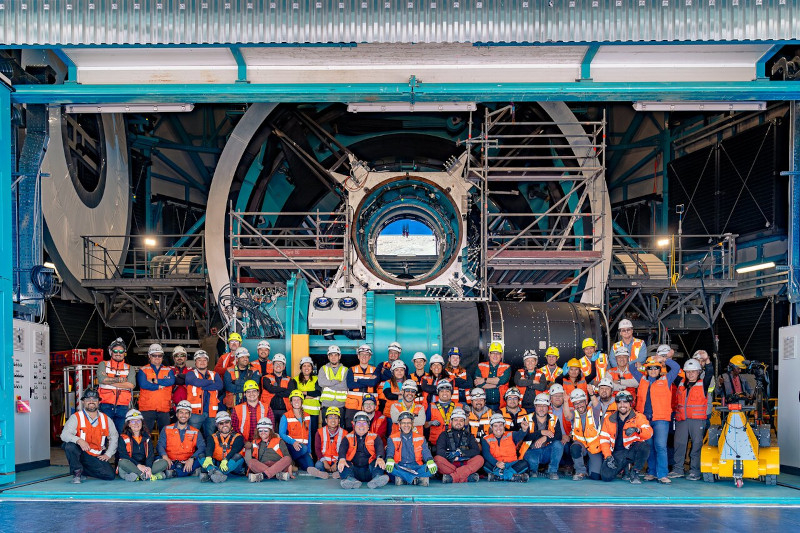
Some images showing the assembly process of the LSST 3200 MP camera.
The LSST concept was first proposed in 2003, and the project received funding from prominent donors such as Charles Simonyi and Bill Gates in 2007, along with financial support from the U.S. National Science Foundation (NSF) and the U.S. Department of Energy (DOE) in 2010.
The LSST camera is the largest digital astronomical system ever built, capable of producing images of incredible detail, enough to display on 400 4K UHD TVs. The device will cover an area of the sky equivalent to 40 times the surface area of the moon and update its southern sky map every three days.
The primary goal of LSST is to study dynamic processes in the universe, including tracking asteroid motion, recording supernova explosions, and studying the structure of dark matter and dark energy. Thanks to the high sensitivity of the detectors and the enormous amount of data, scientists will have the opportunity to track the evolution of galaxies and gain a better understanding of the processes occurring in space.
The James Webb Telescope has transmitted the first image of an exoplanet.
The installation of the LSST camera required high precision and close collaboration between engineers and scientists. Freddy Muñoz, head of the mechanical team at the Vera Rubin Observatory, said the installation demanded millimeter-level accuracy. Travis Lange, the LSST camera project manager, emphasized that building the camera was one of the greatest engineering challenges in modern astronomy.
Now that the LSST camera has been successfully installed, the Vera Rubin Observatory team will begin testing. An initial series of 3,200 MP images will be captured in the near future, ushering in a new era of comprehensive observations of the southern sky. Over the next decade, LSST is expected to collect crucial data that will contribute to changing scientists' understanding of the structure and evolution of the universe.
Source: https://thanhnien.vn/camera-3200-mp-lon-nhat-the-gioi-sap-duoc-dua-vao-su-dung-185250317063837744.htm


![[Live] 2025 Community Action Awards Gala](/_next/image?url=https%3A%2F%2Fvphoto.vietnam.vn%2Fthumb%2F1200x675%2Fvietnam%2Fresource%2FIMAGE%2F2025%2F12%2F16%2F1765899631650_ndo_tr_z7334013144784-9f9fe10a6d63584c85aff40f2957c250-jpg.webp&w=3840&q=75)
![[Photo] Prime Minister Pham Minh Chinh receives the Governor of Tochigi Province (Japan)](/_next/image?url=https%3A%2F%2Fvphoto.vietnam.vn%2Fthumb%2F1200x675%2Fvietnam%2Fresource%2FIMAGE%2F2025%2F12%2F16%2F1765892133176_dsc-8082-6425-jpg.webp&w=3840&q=75)

![[Image] The tenacious fighting spirit of Vietnamese women's football](/_next/image?url=https%3A%2F%2Fvphoto.vietnam.vn%2Fthumb%2F1200x675%2Fvietnam%2Fresource%2FIMAGE%2F2025%2F12%2F17%2F1765990260956_ndo_br_4224760955870434771-copy-jpg.webp&w=3840&q=75)
![[Photo] Prime Minister Pham Minh Chinh receives Lao Minister of Education and Sports Thongsalith Mangnormek](/_next/image?url=https%3A%2F%2Fvphoto.vietnam.vn%2Fthumb%2F1200x675%2Fvietnam%2Fresource%2FIMAGE%2F2025%2F12%2F16%2F1765876834721_dsc-7519-jpg.webp&w=3840&q=75)
![[Image] Leaked images ahead of the 2025 Community Action Awards gala.](/_next/image?url=https%3A%2F%2Fvphoto.vietnam.vn%2Fthumb%2F1200x675%2Fvietnam%2Fresource%2FIMAGE%2F2025%2F12%2F16%2F1765882828720_ndo_br_thiet-ke-chua-co-ten-45-png.webp&w=3840&q=75)








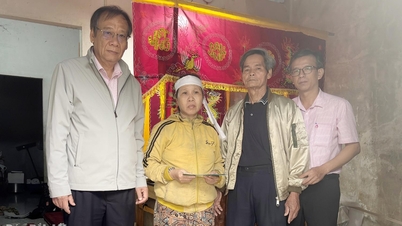
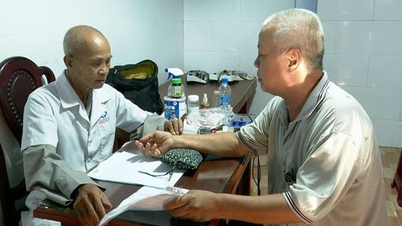










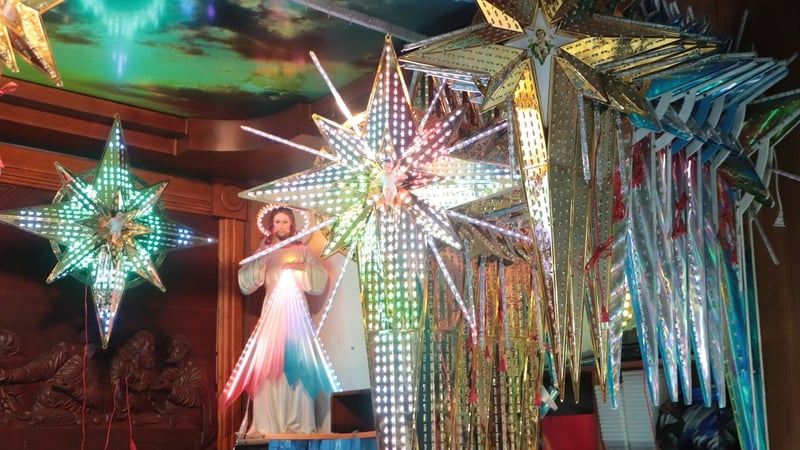
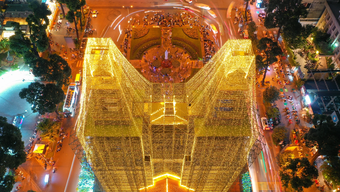








































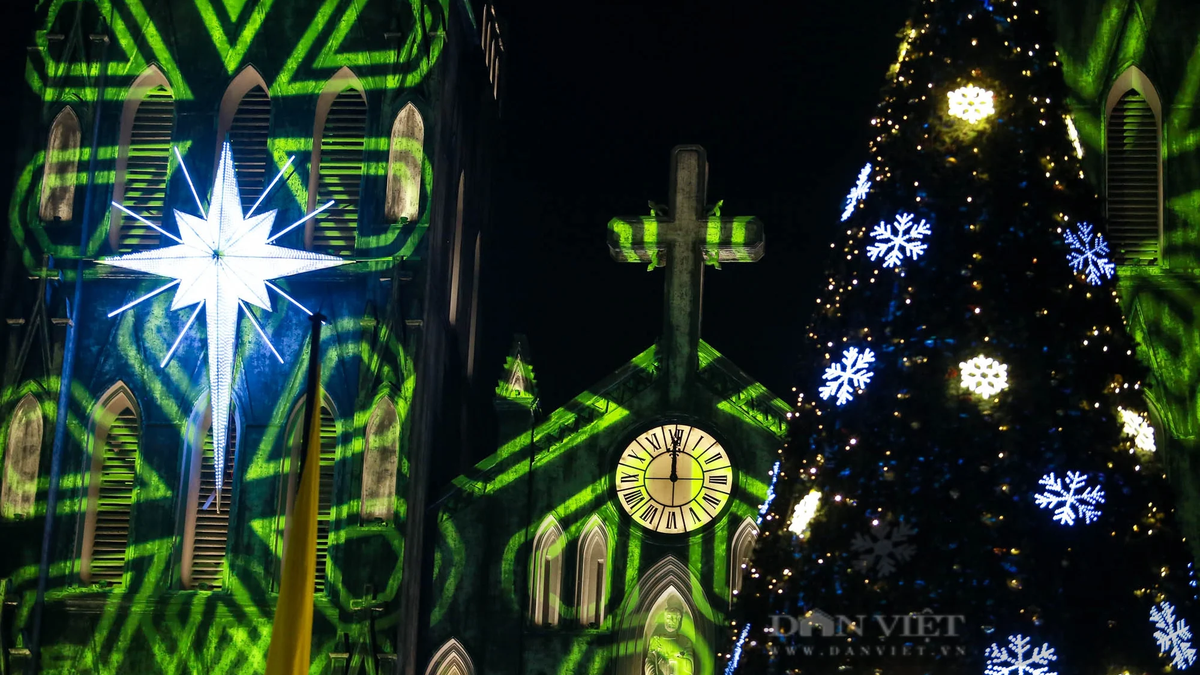













![[Live] Closing Ceremony and Award Presentation for the "Impressive Vietnam Tourism" Video/Clip Creation Contest 2025](https://vphoto.vietnam.vn/thumb/402x226/vietnam/resource/IMAGE/2025/12/17/1765974650260_z7273498850699-00d2fd6b0972cb39494cfa2559bf85ac-1765959338756946072104-627-0-1338-1138-crop-1765959347256801551121.jpeg)























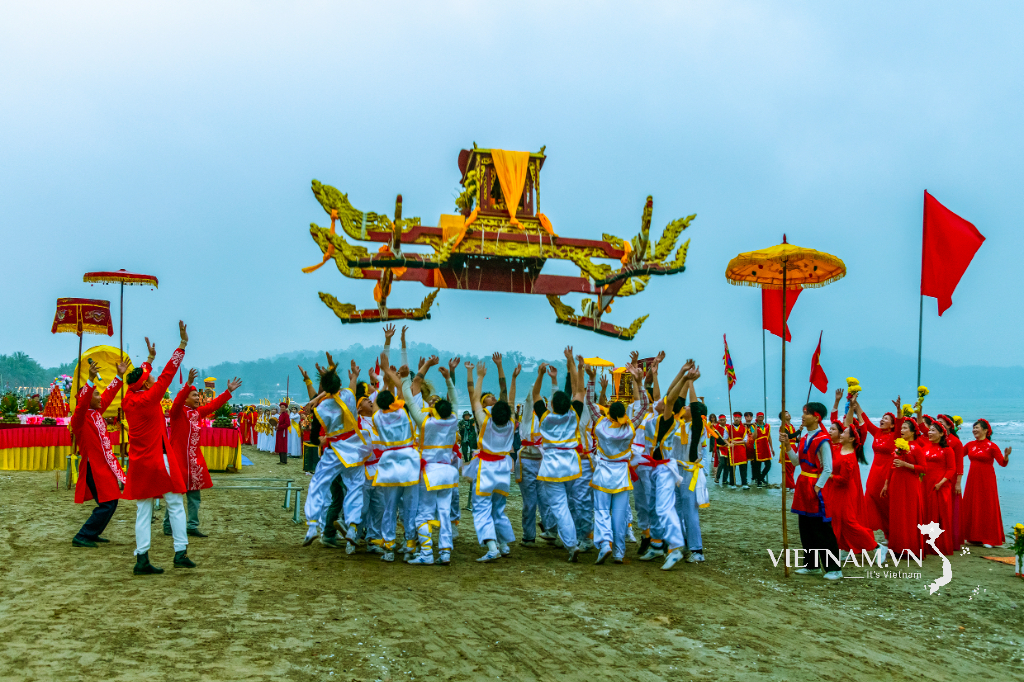


Comment (0)